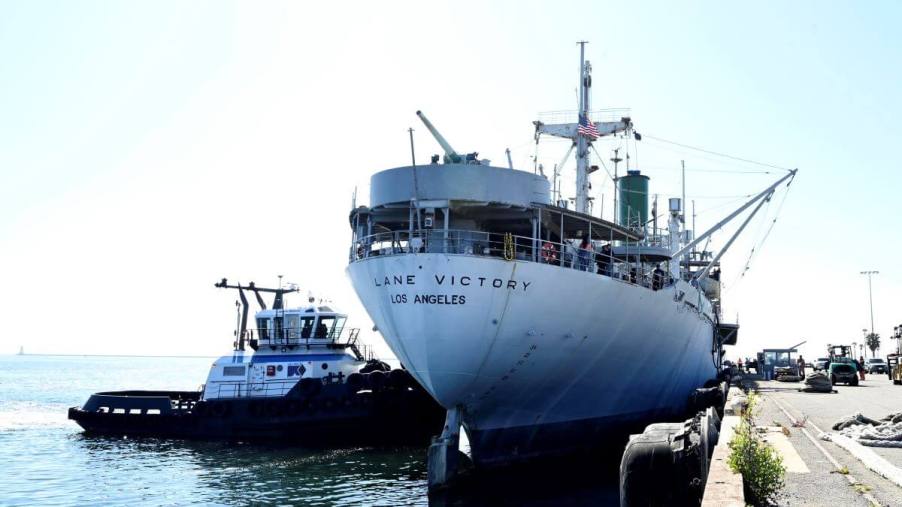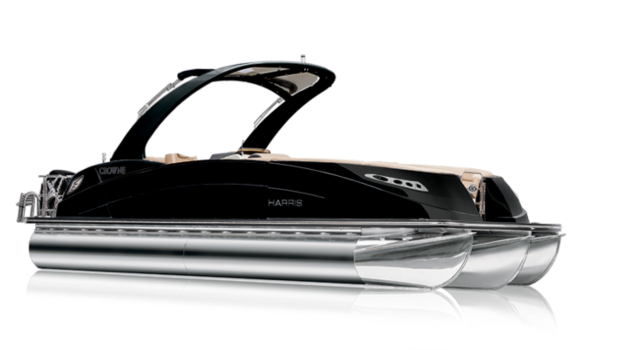
3 Weird Boat Questions You’ve Probably Wondered About
Boats are a great way to spend some leisure time this summer, and boats may seem similar to cars in some ways. That said, boats are also very different from cars, and boats and boating culture have some quirks that might seem weird to people. Here’s a look at three weird boat questions that have probably crossed your mind.
1. Why are most boat steering wheels on the right side of the boat?
In America and many other countries, drivers are supposed to drive on the right side of the road, which also means that the steering wheel is on the left side of the car. Some imported cars from Britain or Japan might have the steering wheel on the right side, but a left-sided steering wheel is the most common layout.
For a boat, though, the steering wheel is usually on the ship’s right side. CBS News wrote that this has a couple of possible explanations. One of the theories is that back in the old days, boaters steered with oars. Since most people are right-handed, the oars were usually on the right side of the boat. That stuck around when steering wheels came along.
Another possible explanation has to do with the propeller torque. On a single-engine boat, the propeller torque goes counter-clockwise, which may cause the ship to lean left. To counter that, designers put the steering wheel on the right so that the driver’s weight balances it out.
Finally, another possible explanation has to do with yielding. Since boats are supposed to yield to the right, having the steering wheel on the right gives everyone more visibility when navigating boat traffic.
2. What does the SS mean when referring to a boat?
Many boats have strange names, and many people have wondered why so many ships have the letters “SS” in the front of their names. As Boating Basics Online explains, that naming practice has become so popular that even boaters from countries that don’t speak English have adopted the SS prefix.
There are actually two common meanings that SS could stand for. The first one is “steam ship.” In the old days of boating, not all ships were powered by steam, and this was a way to let others know that a ship was. Presently, the SS usually stands for “single-screw ship.” Once again, this prefix was used to describe how the boat moved around.
In front of the ship’s rudders, there’s a long shaft. At the end of that shaft sits the ship’s propellers. That shaft is connected to the ship’s engine or transmission, making the shaft rotate, which makes the screw and blades rotate, making the boat move. Since this prefix referred to an old technique, most modern ships shouldn’t technically use the SS prefix since they aren’t steamships and don’t have single screws.
3. Why do most boats have female names?
Another boat culture naming habit has to do with the fact that boats almost always have female names. Sailing School Malta wrote that there are many explanations for this tradition. One of the most common explanations is that boats were crewed by men for much of history. Since most of those men liked women, they named their ships after women.
Another explanation is religious in nature. Boats were dangerous back in the day, and many sailors feared that the ship would sink in a storm or a war. So, those sailors tried to honor female gods by naming the ship after them to protect the vessel.




